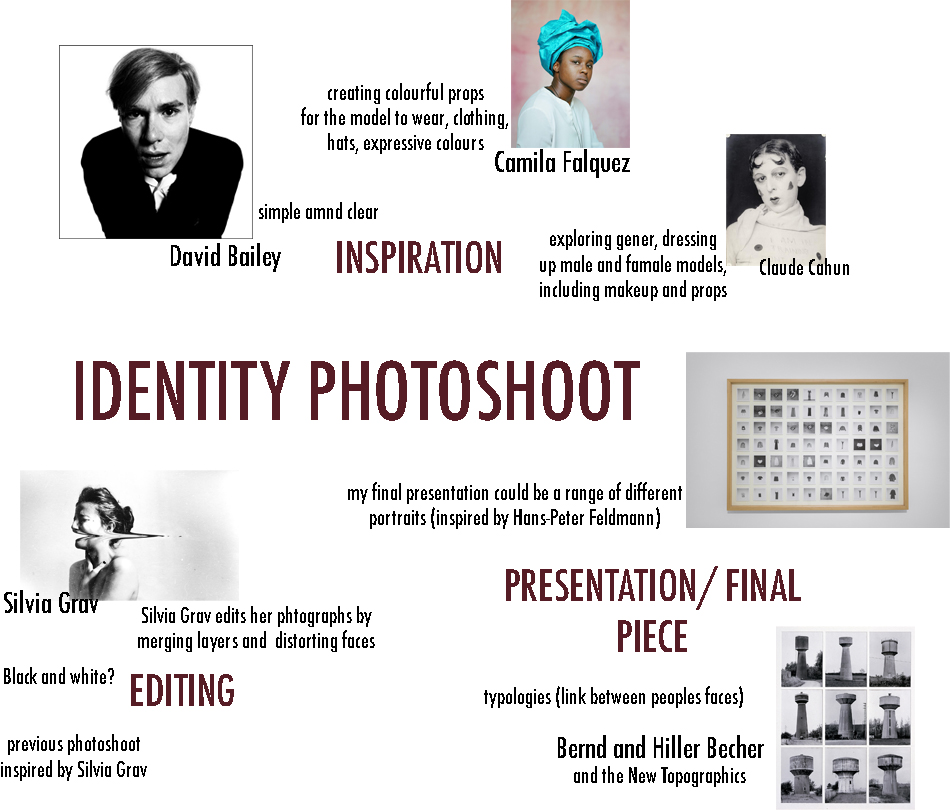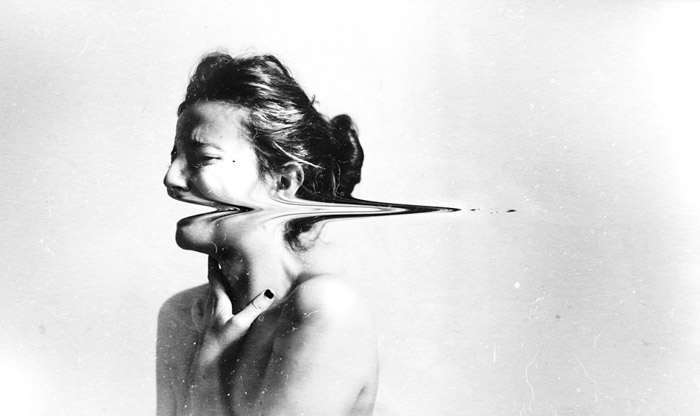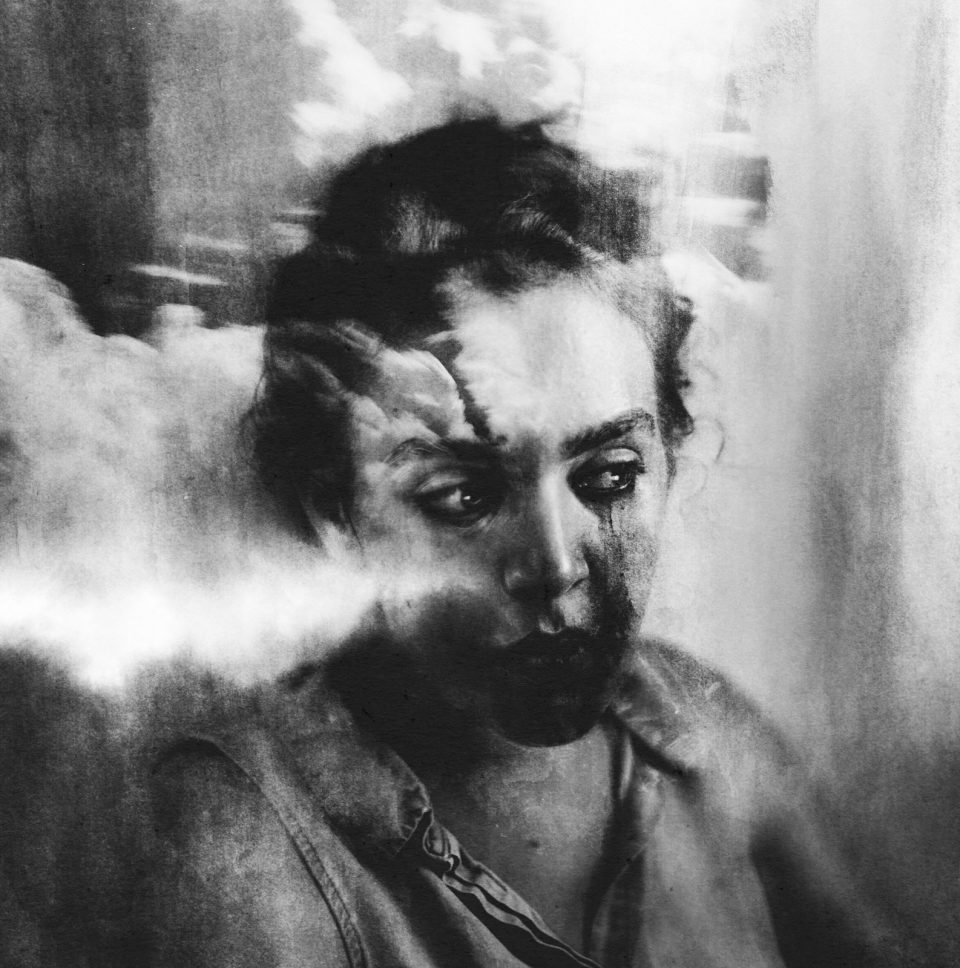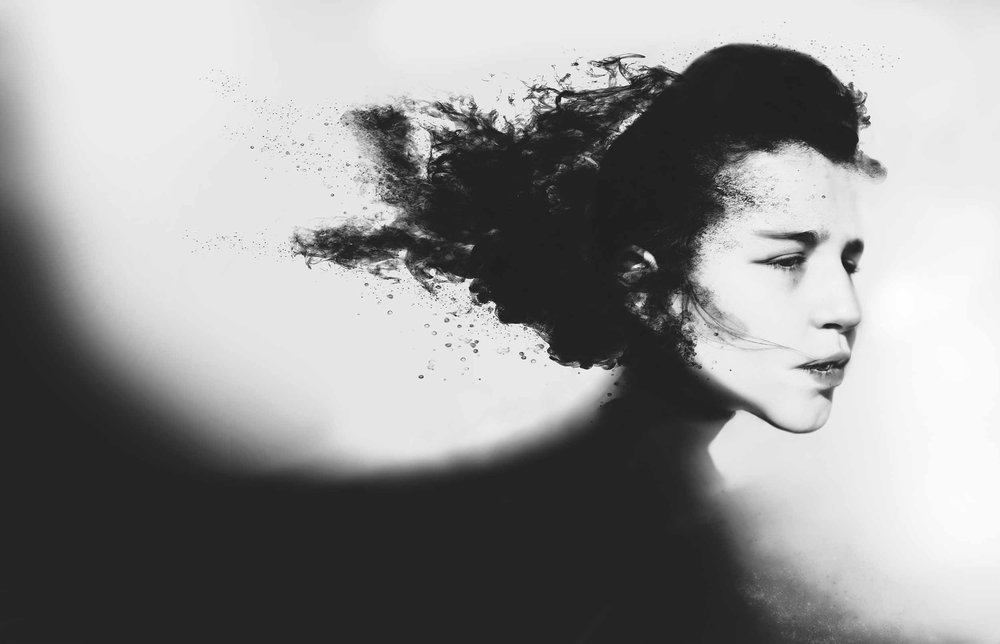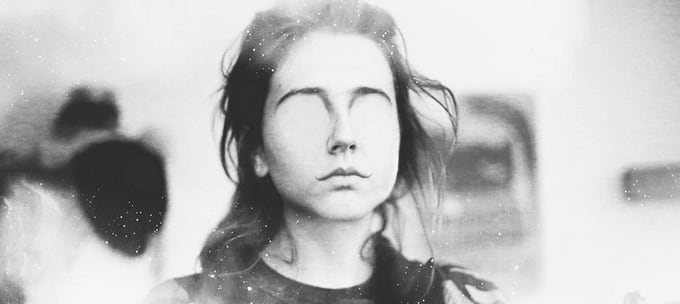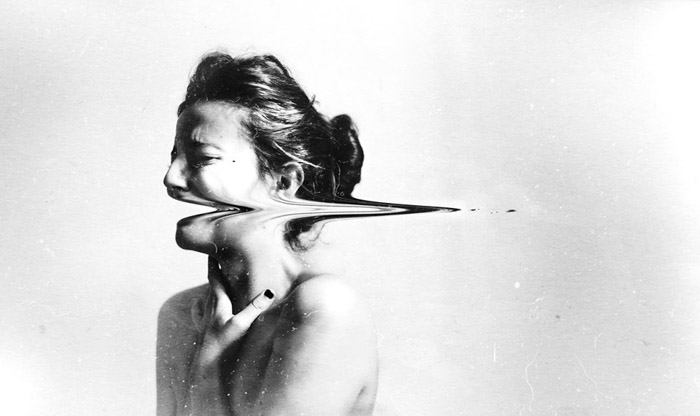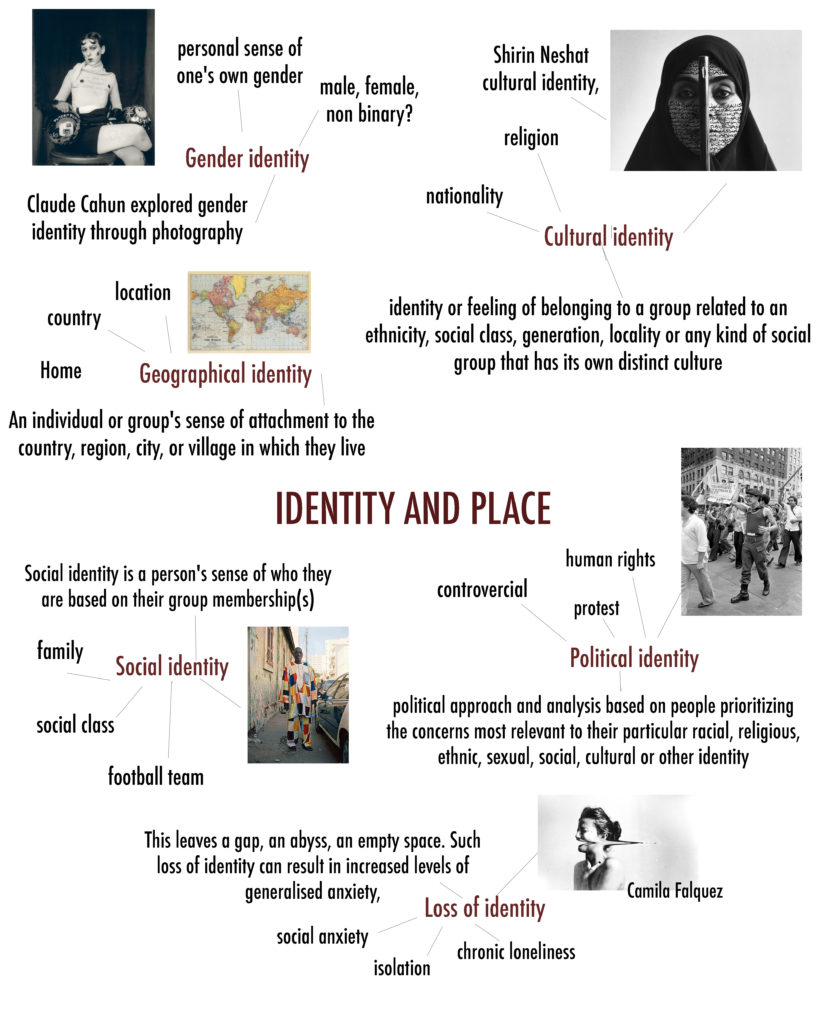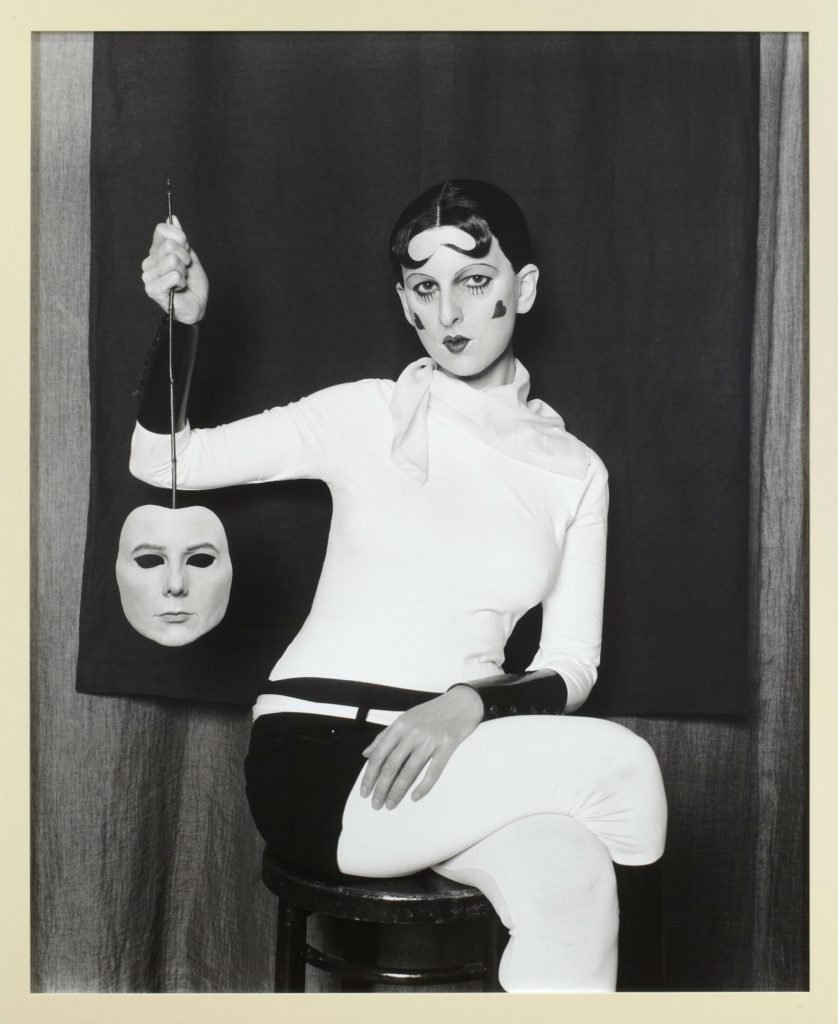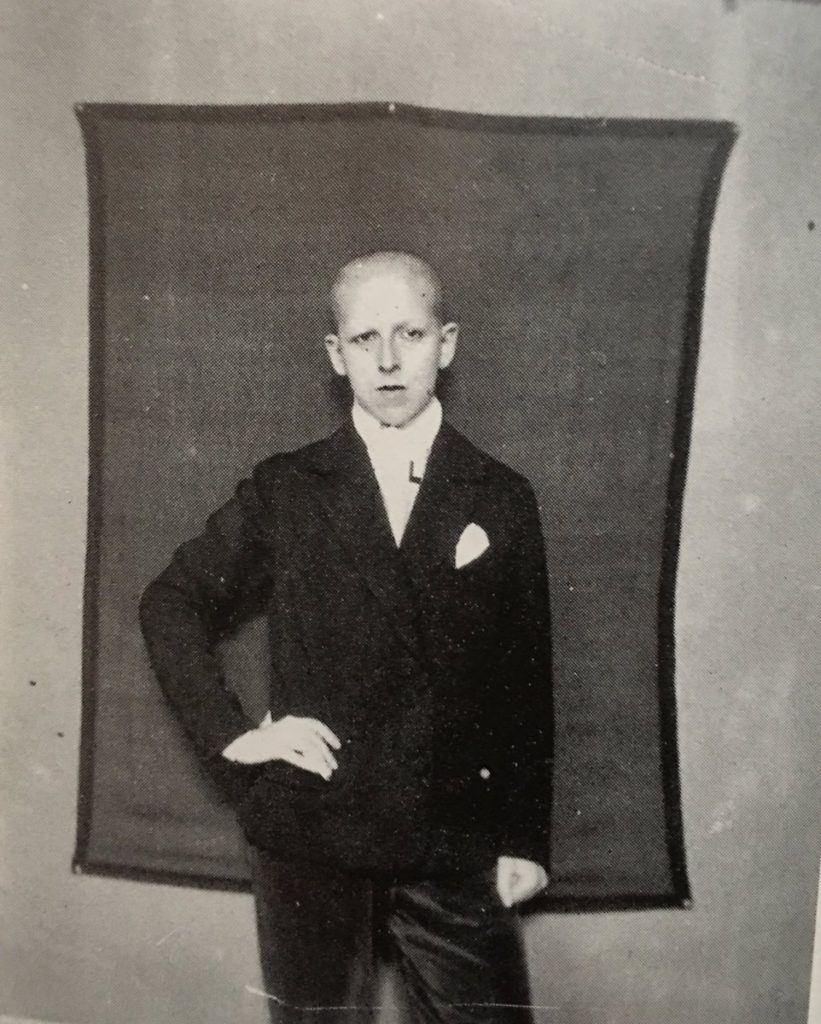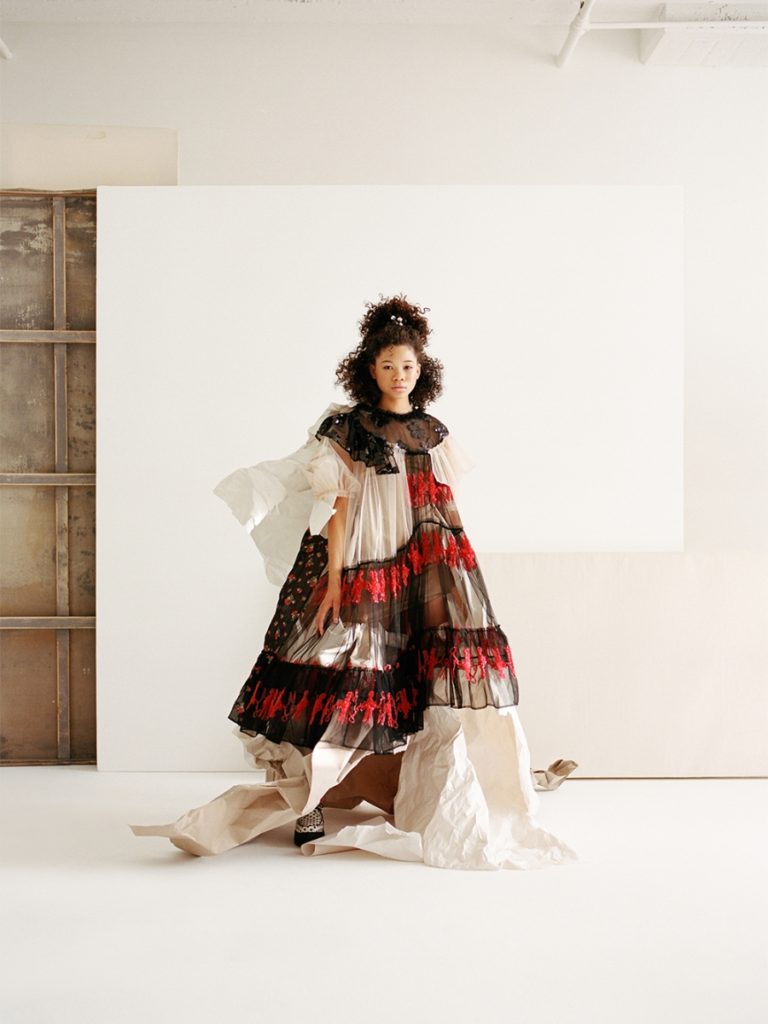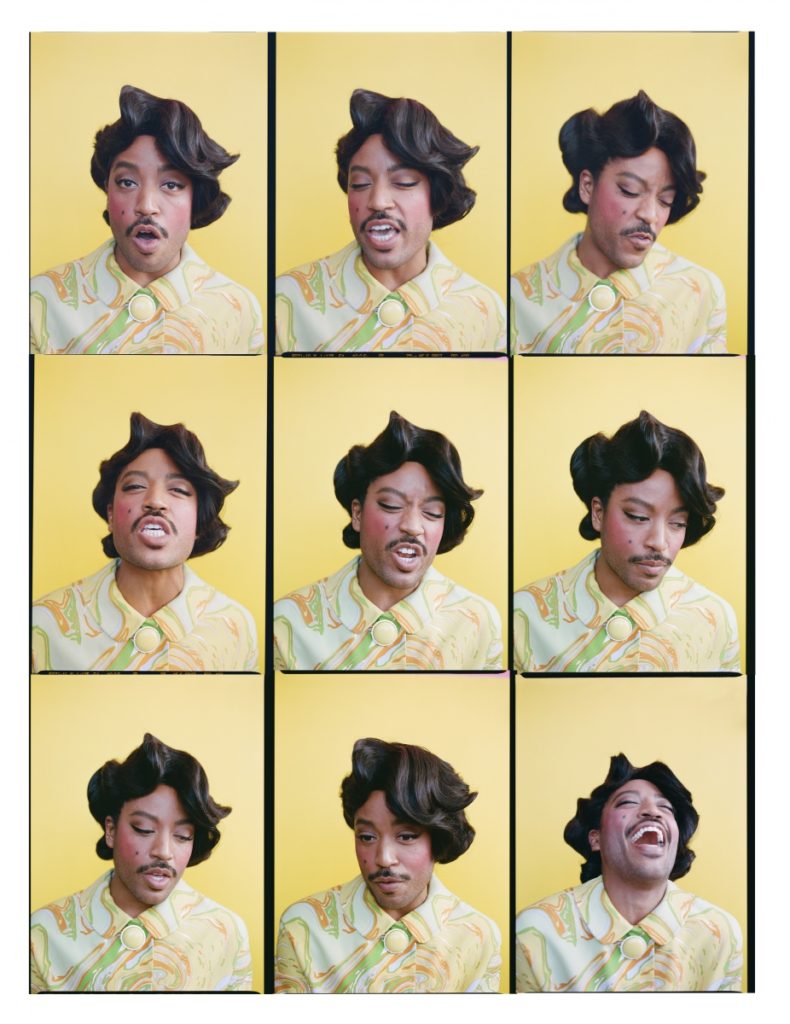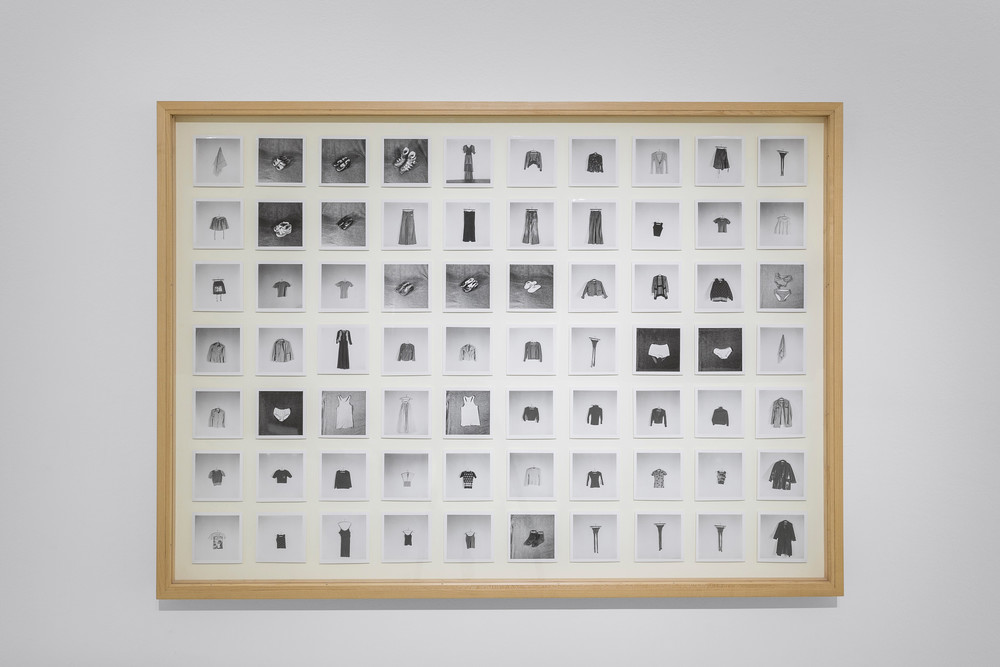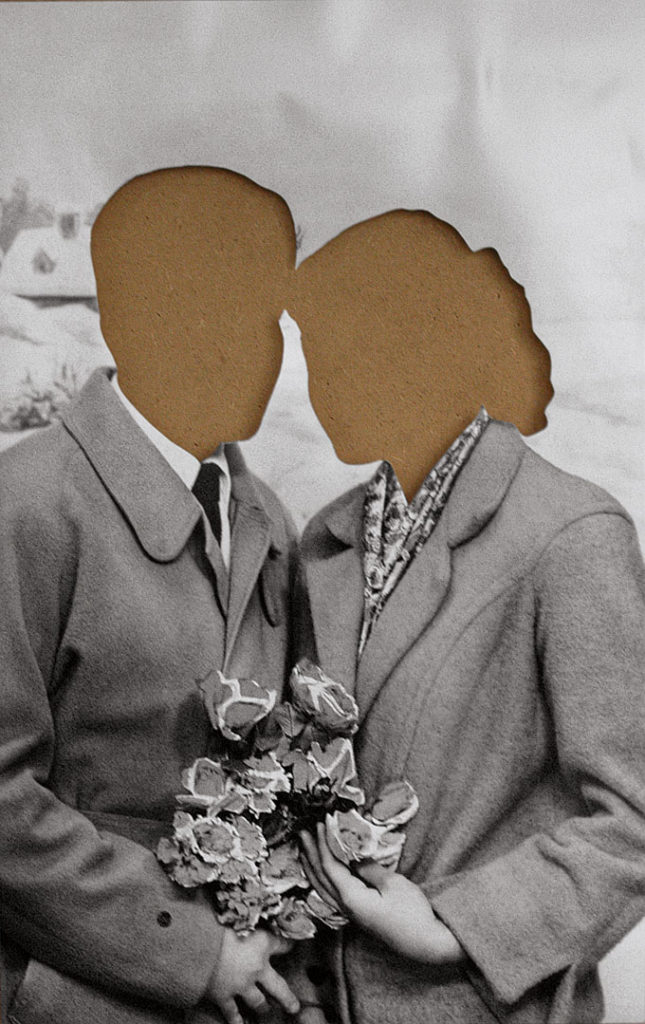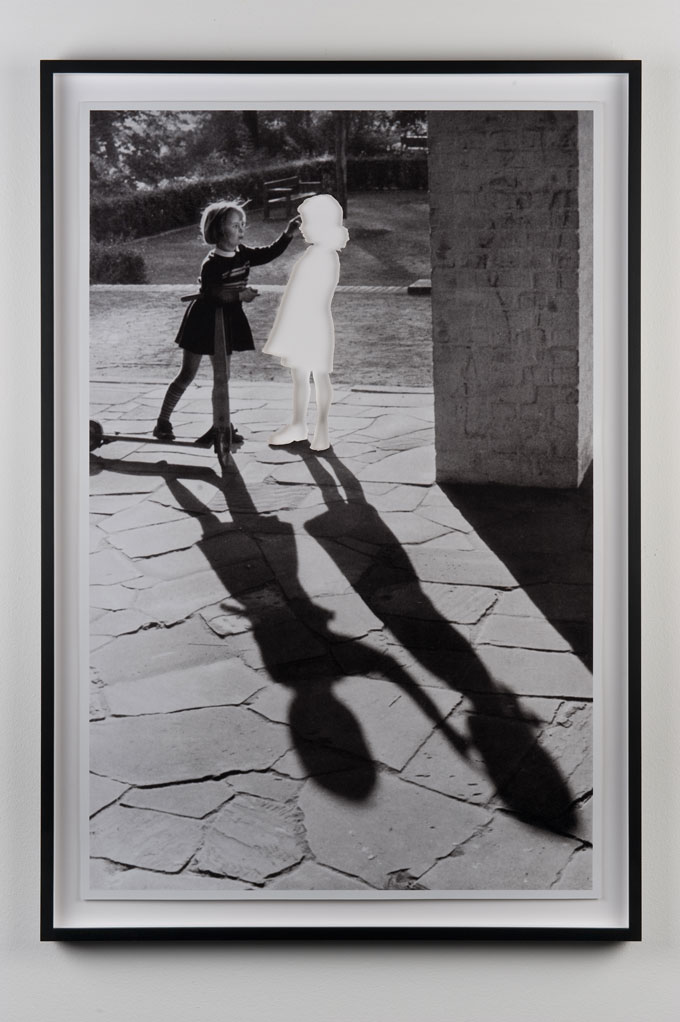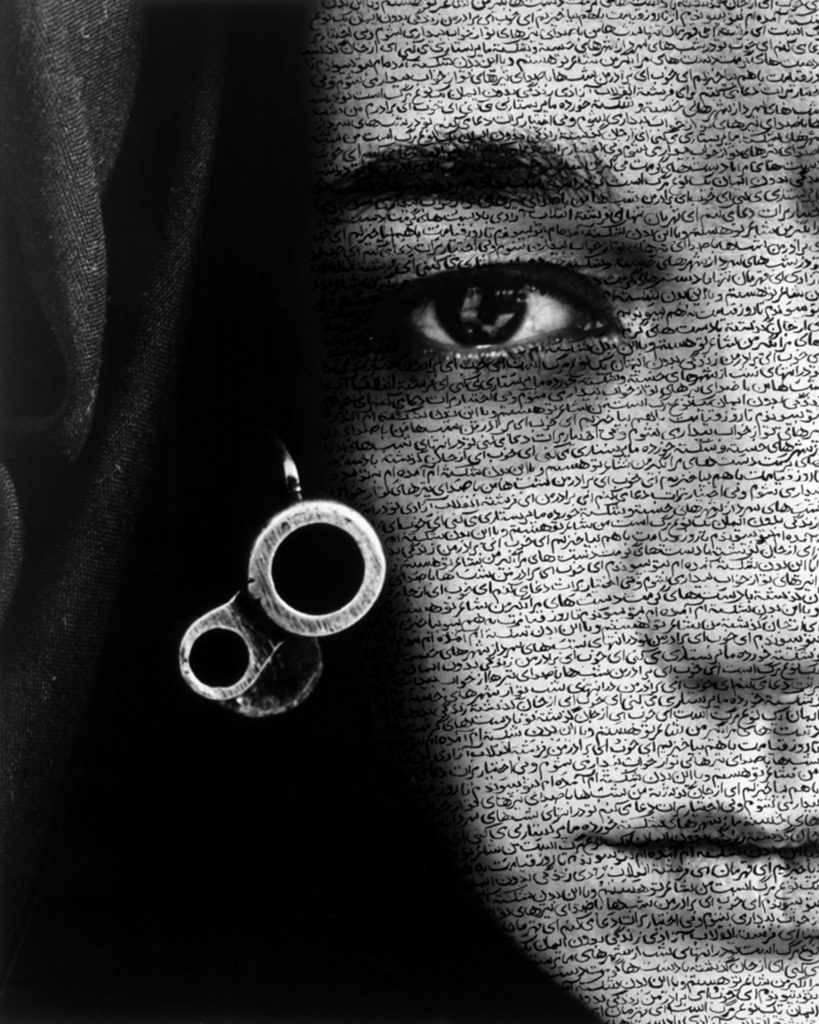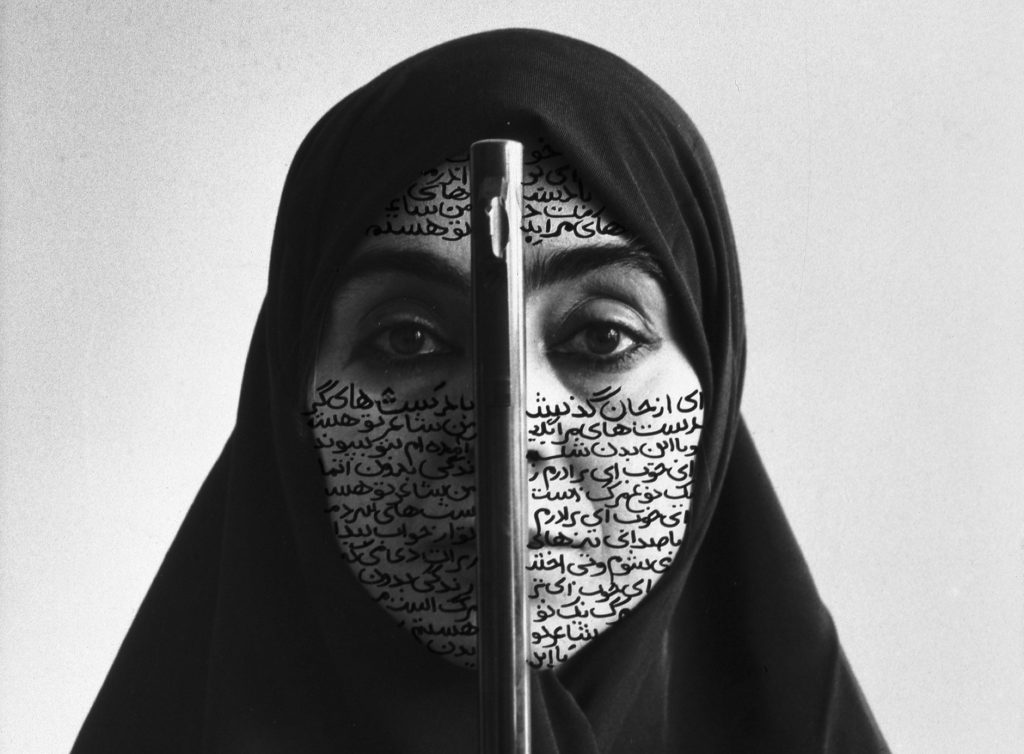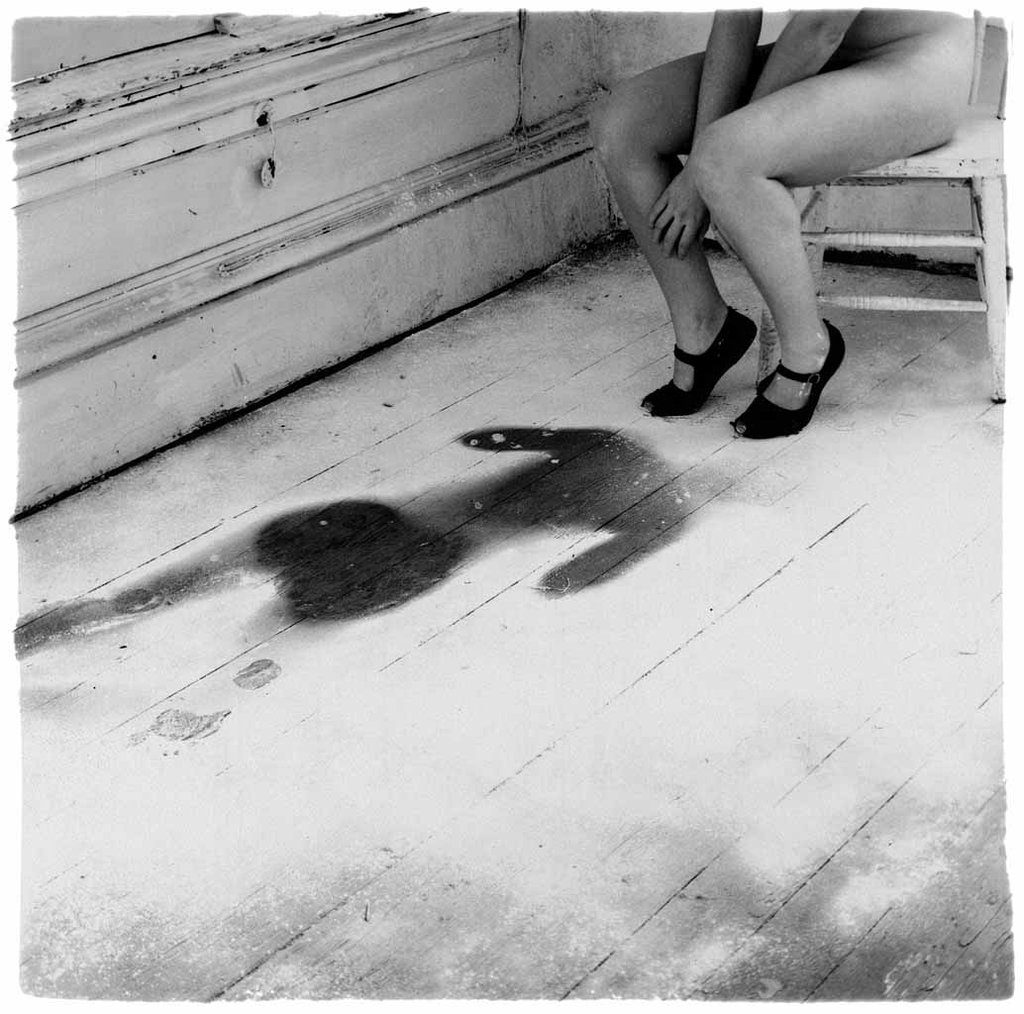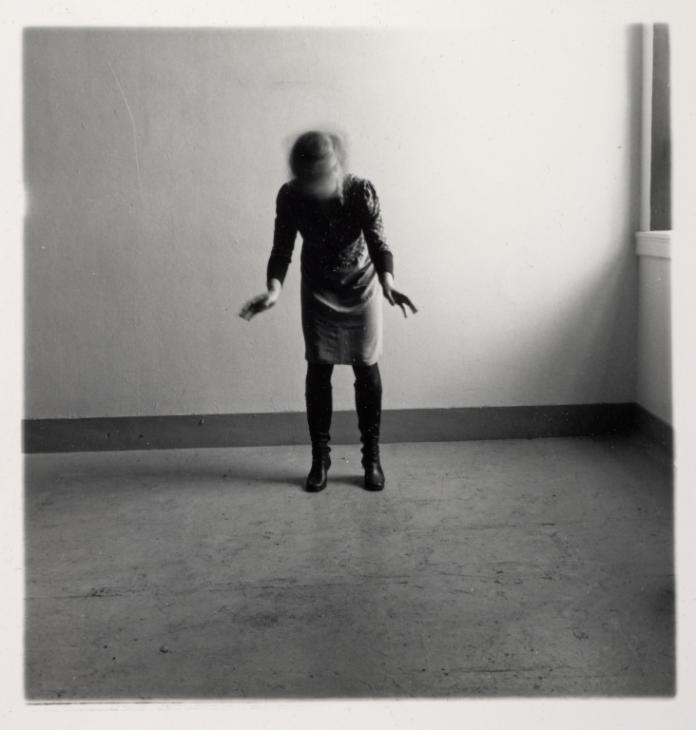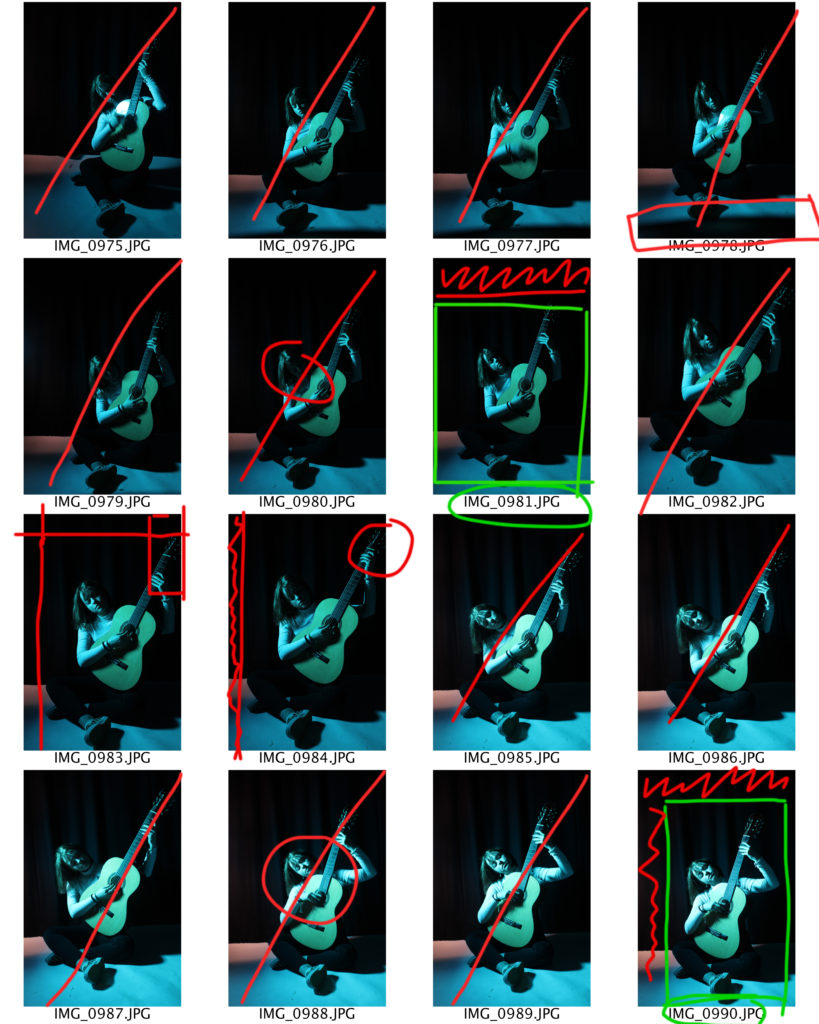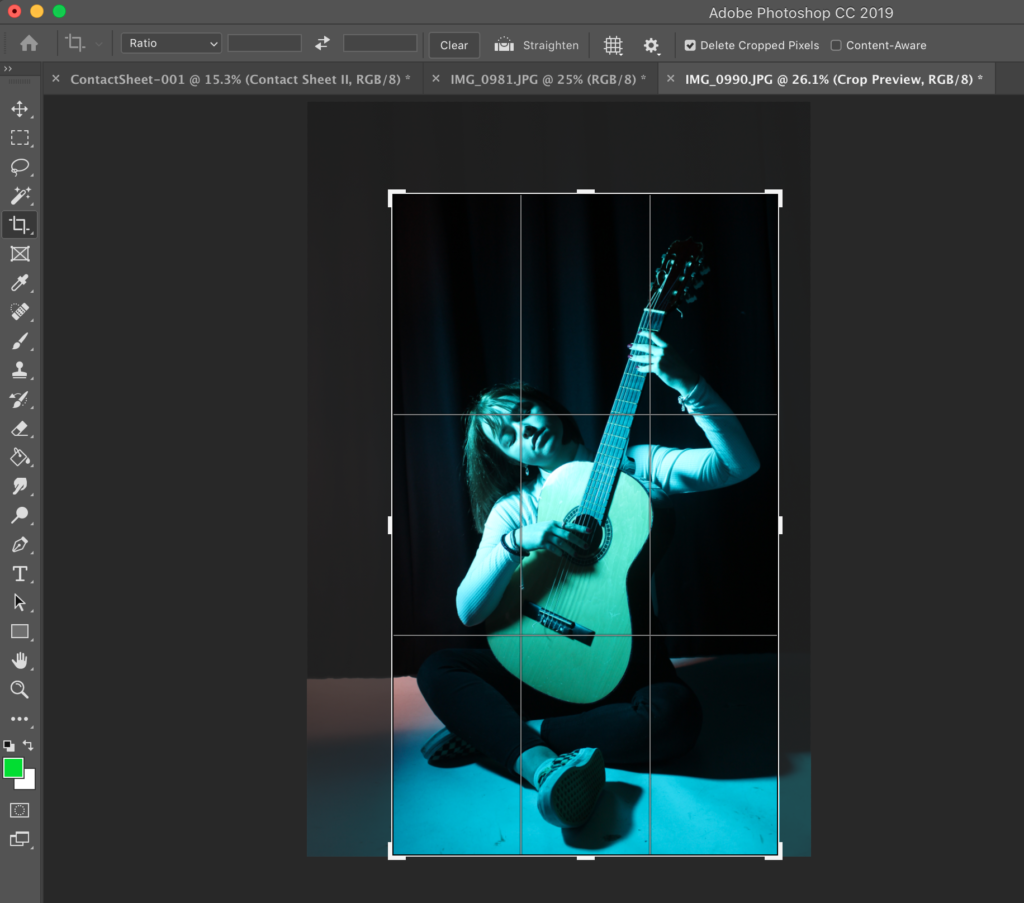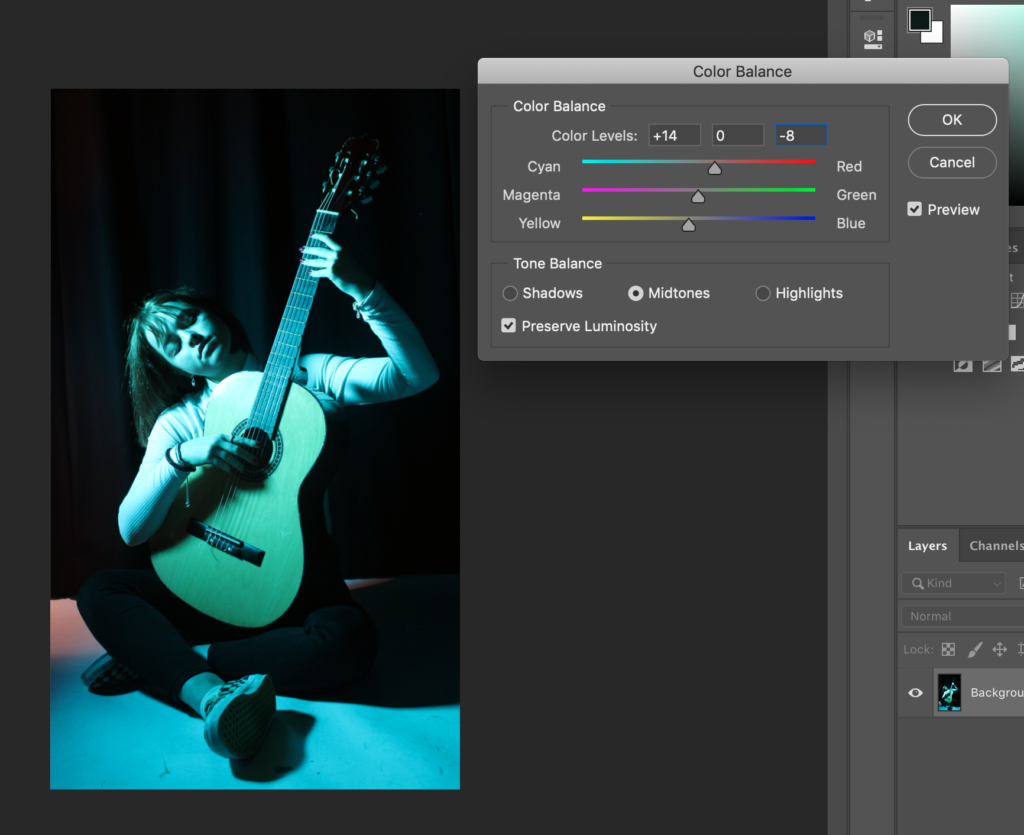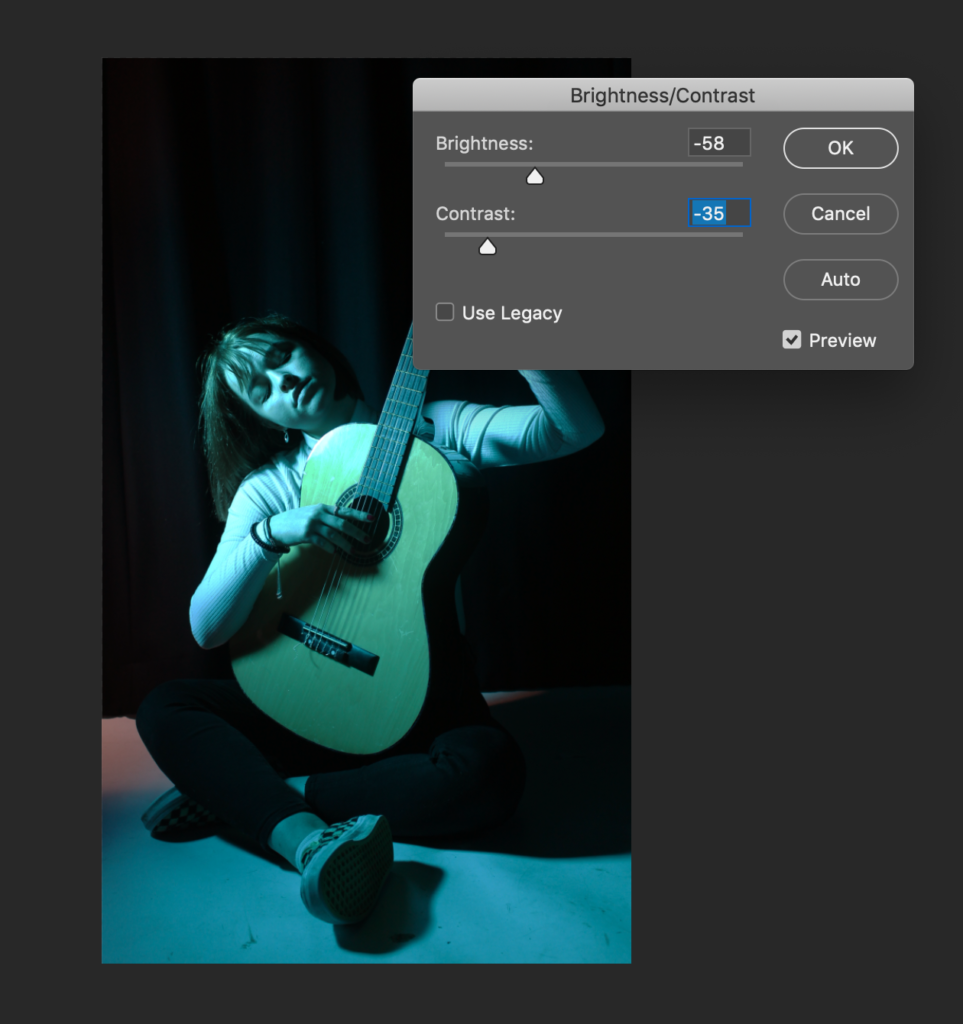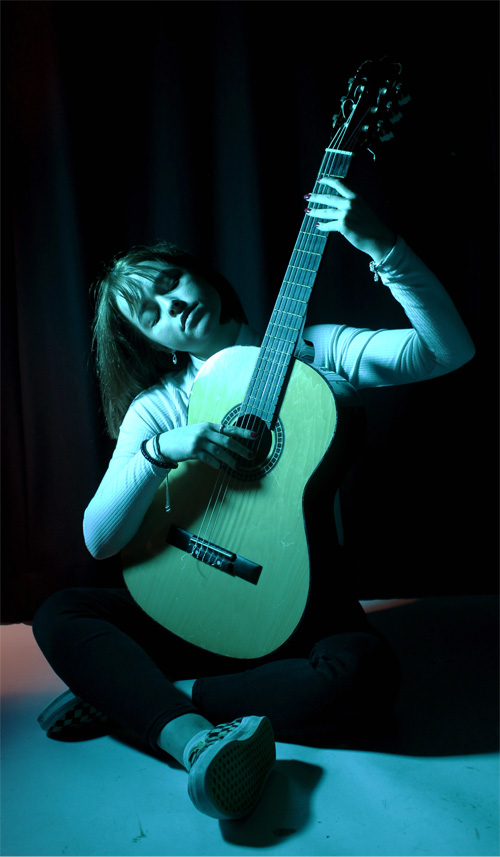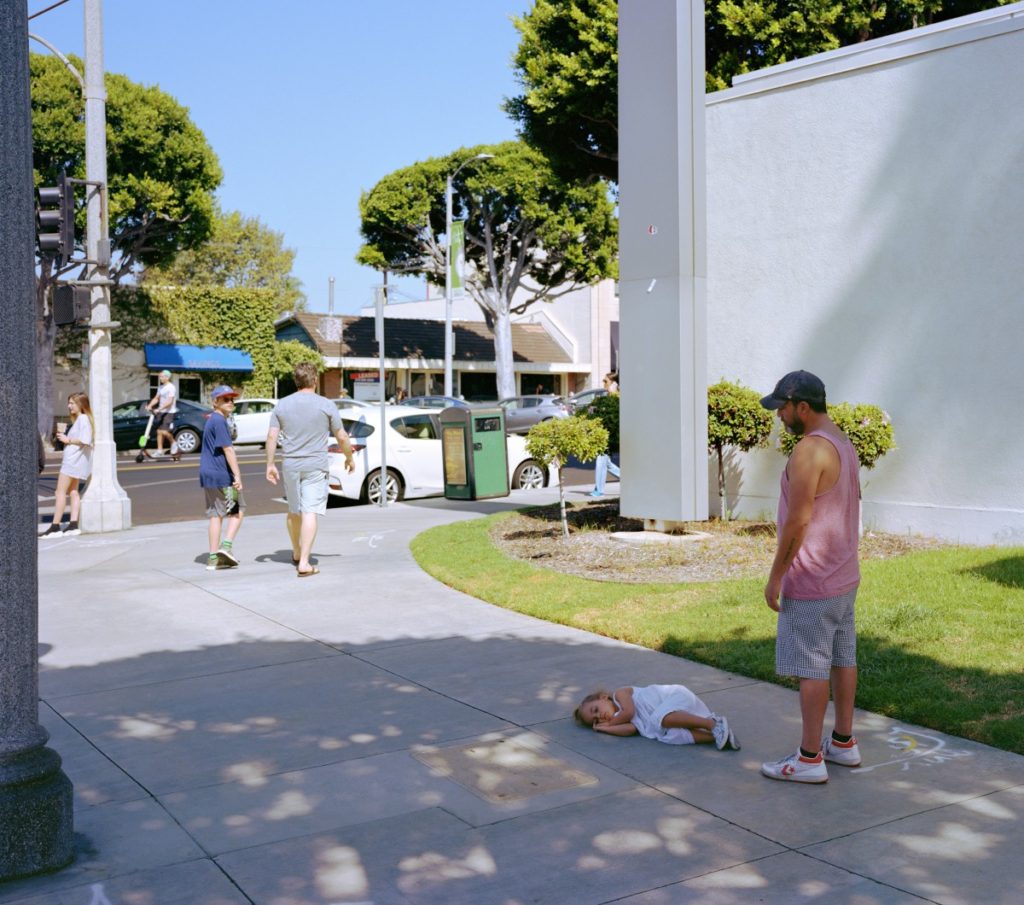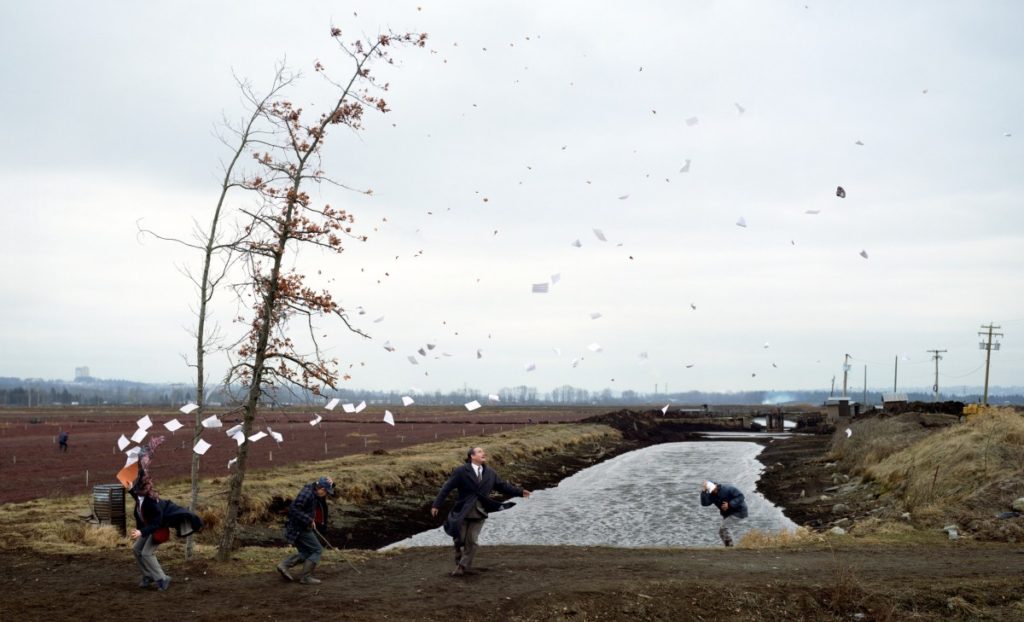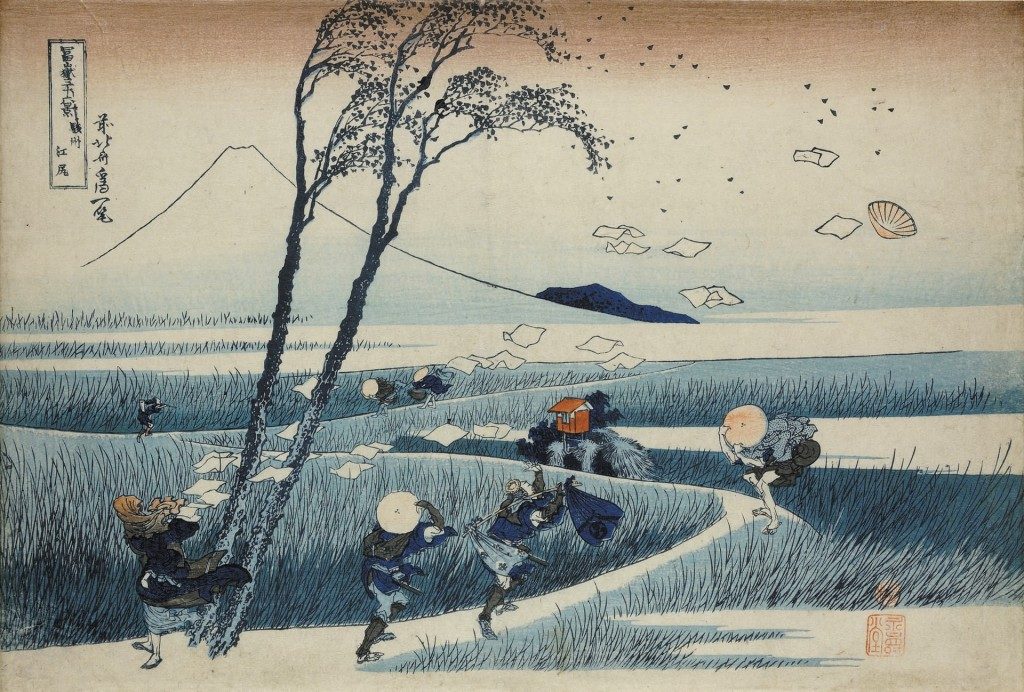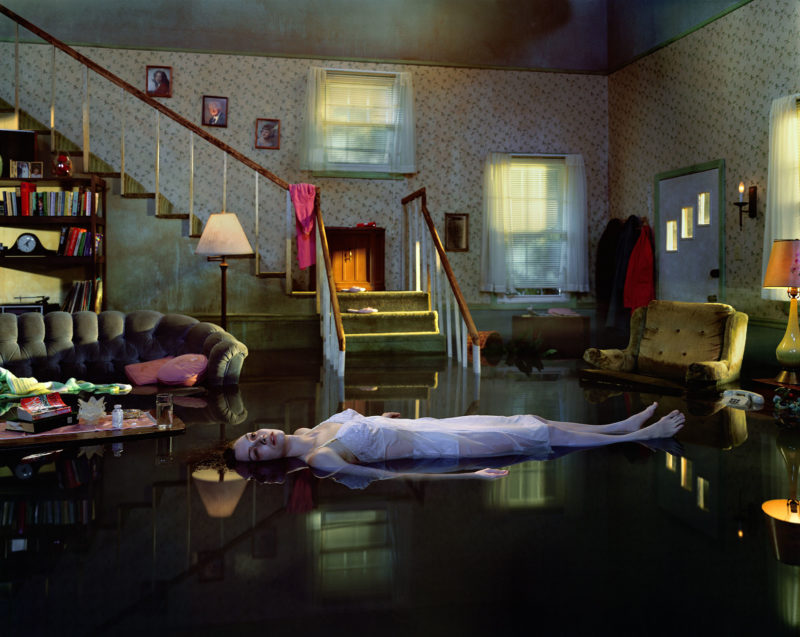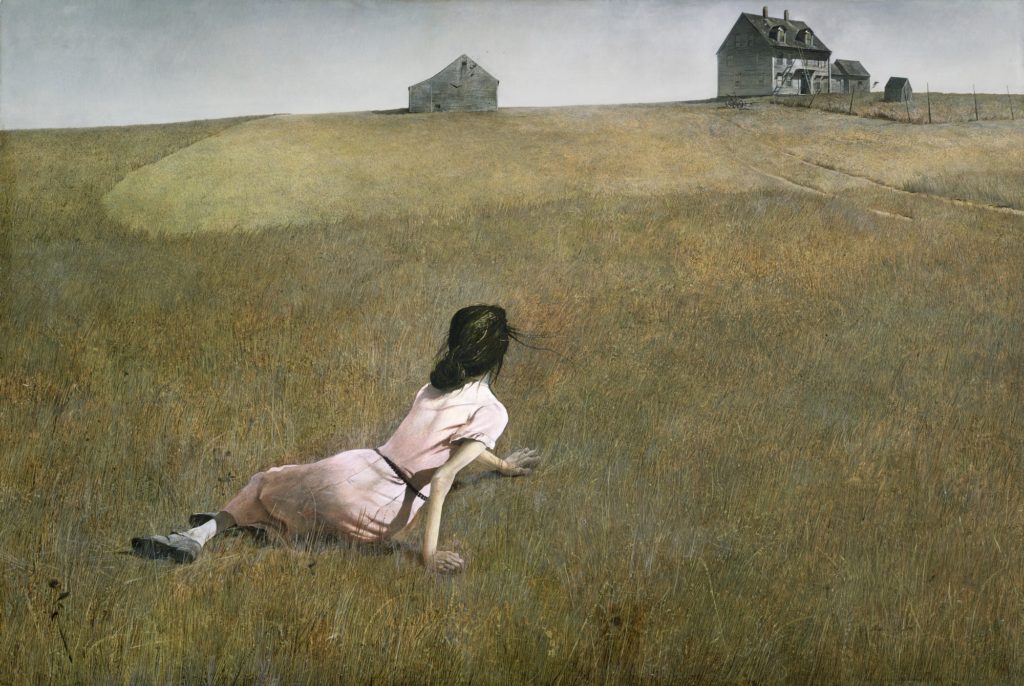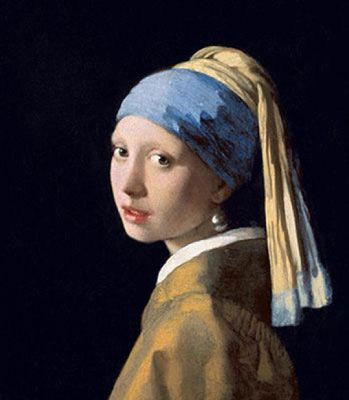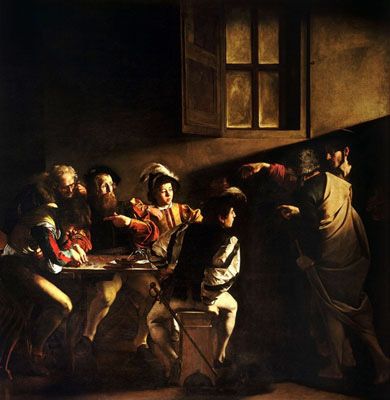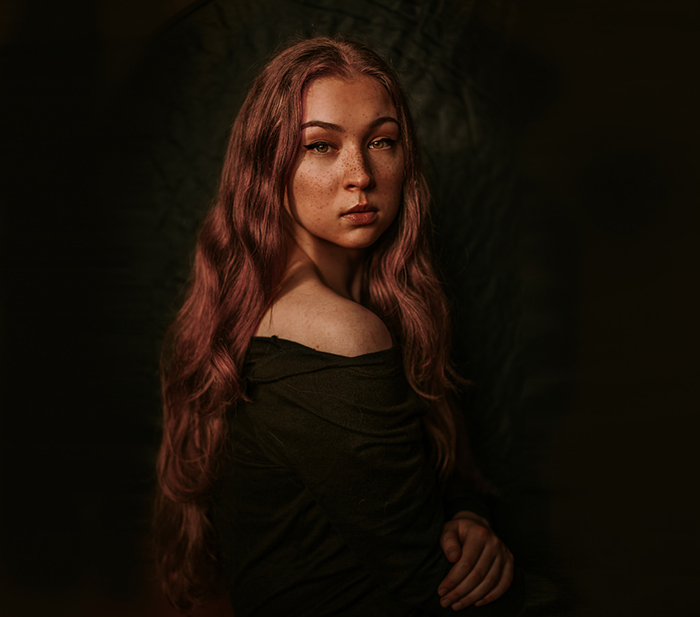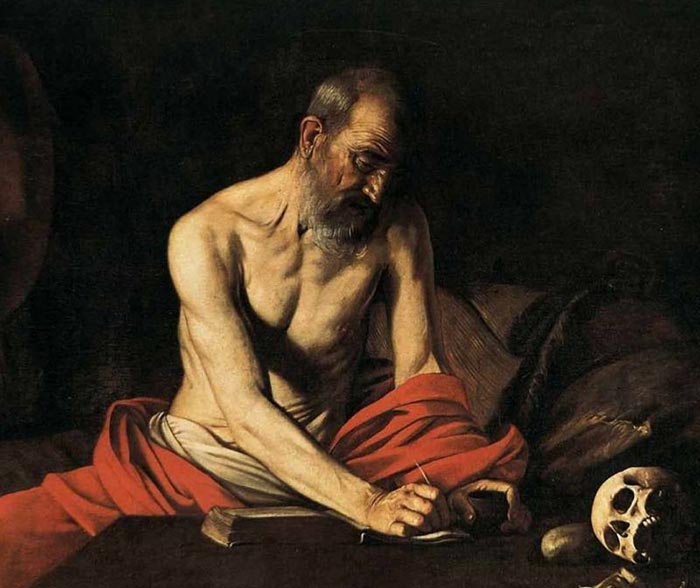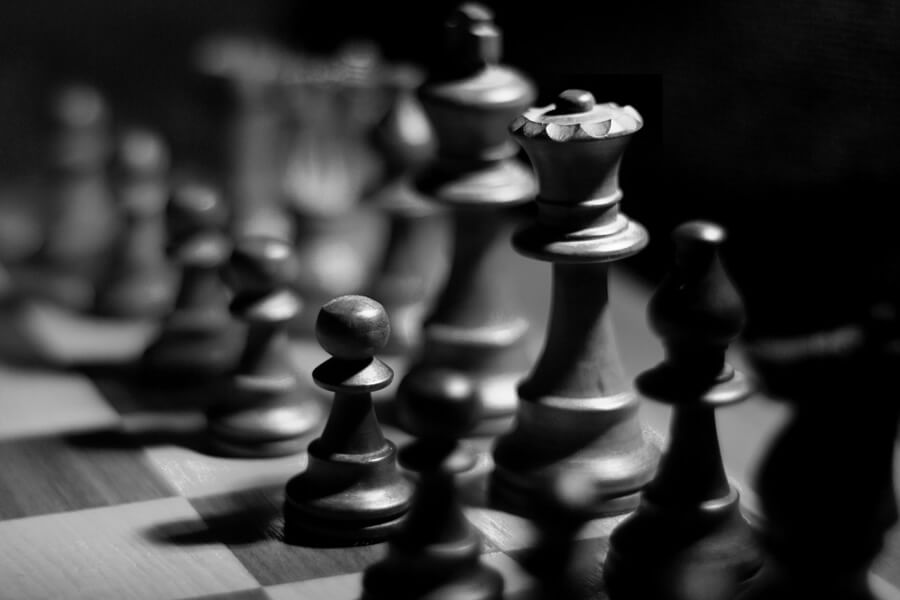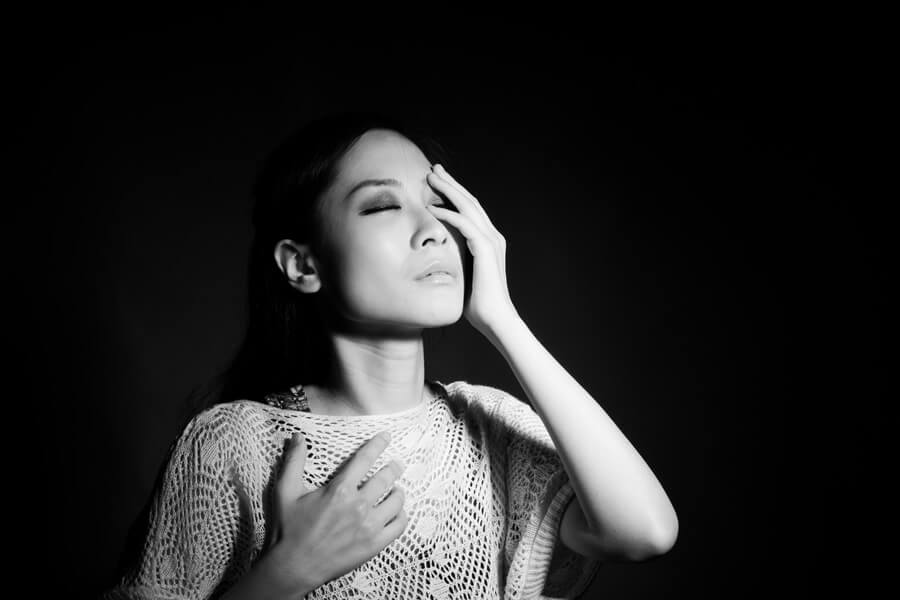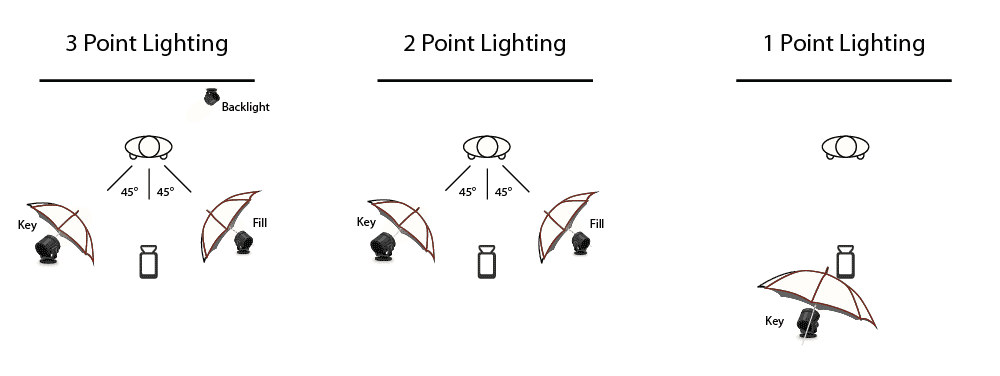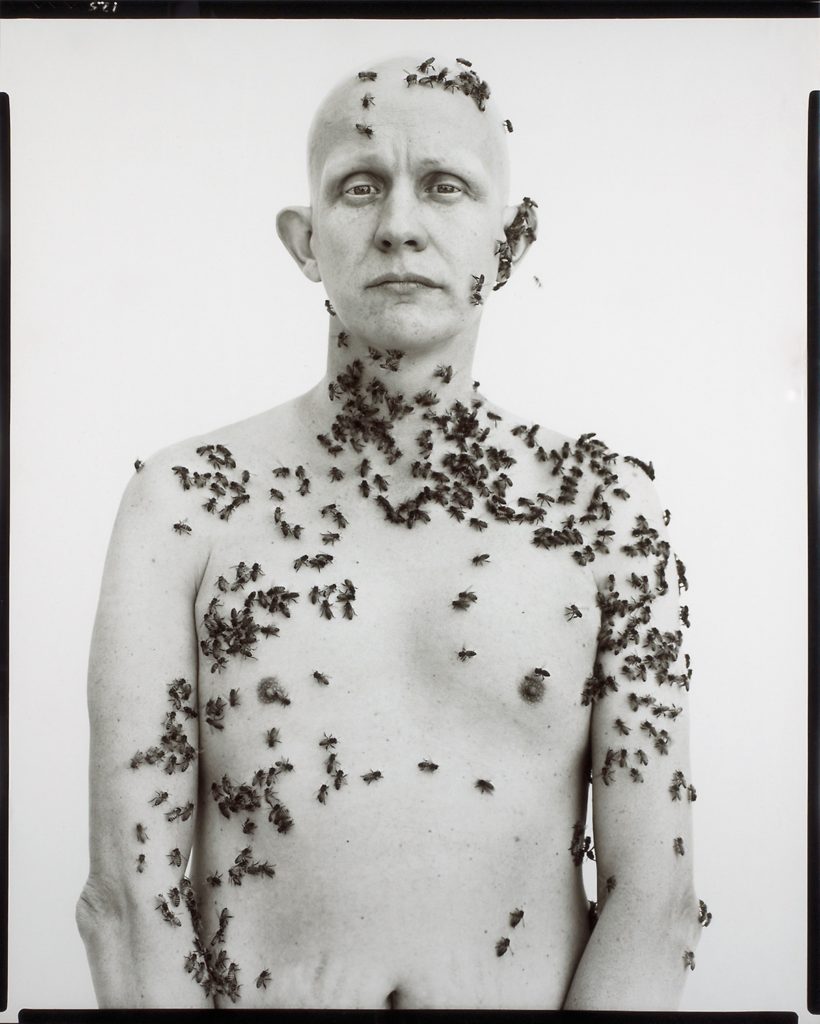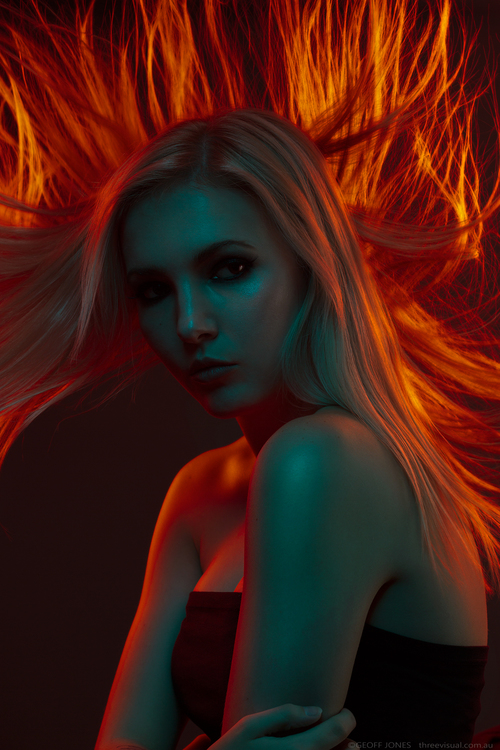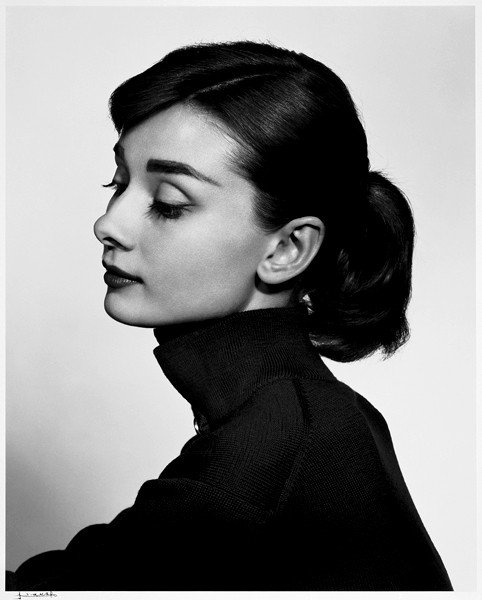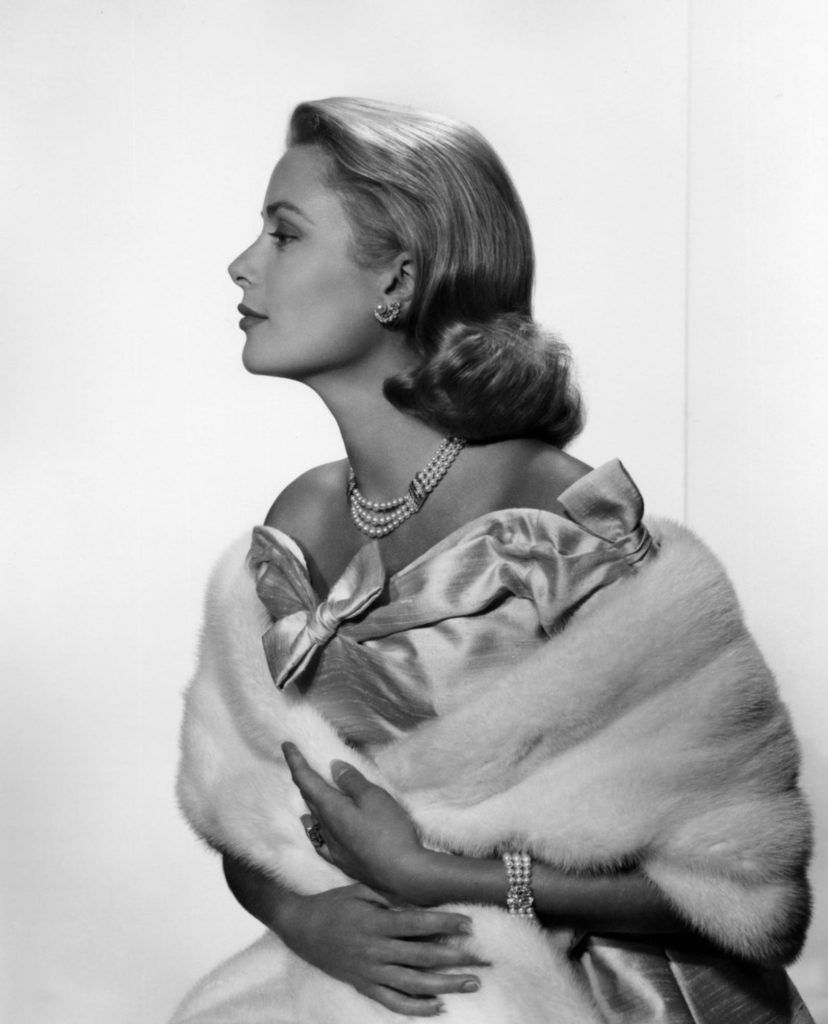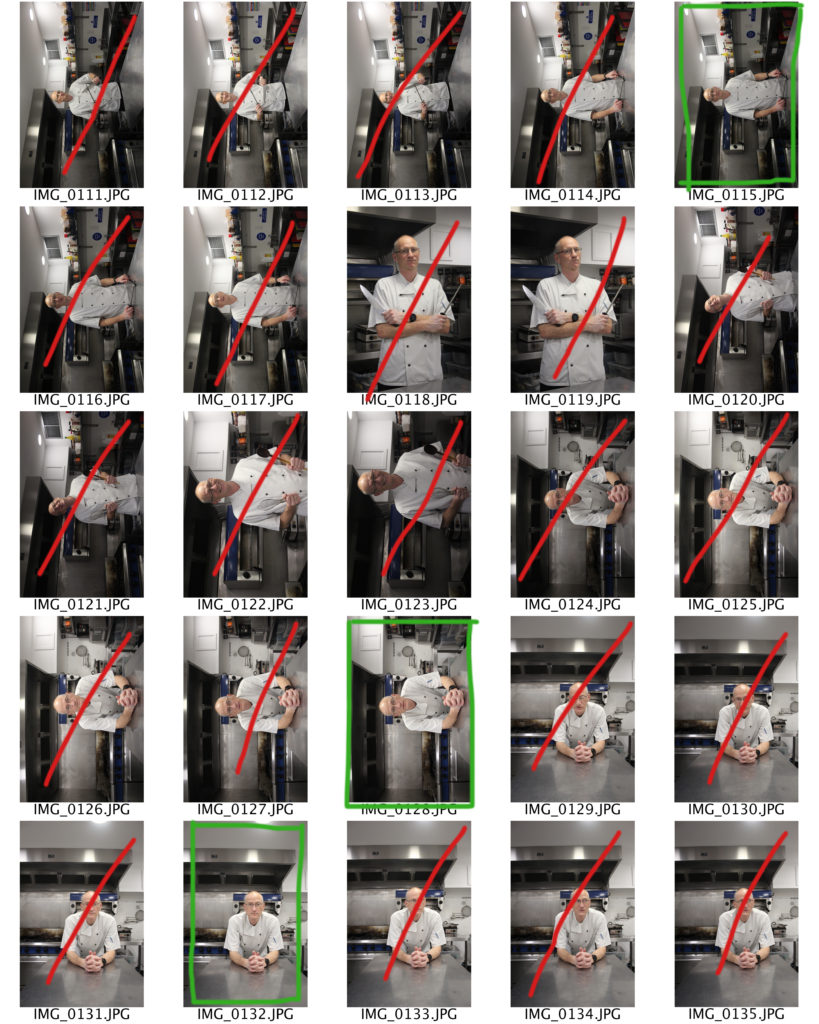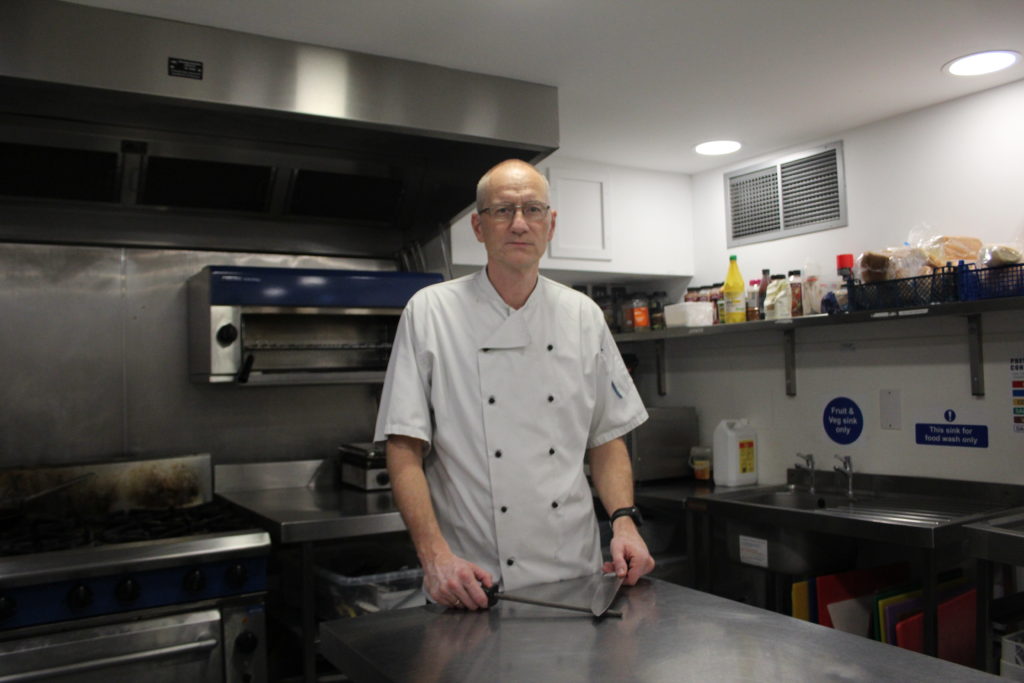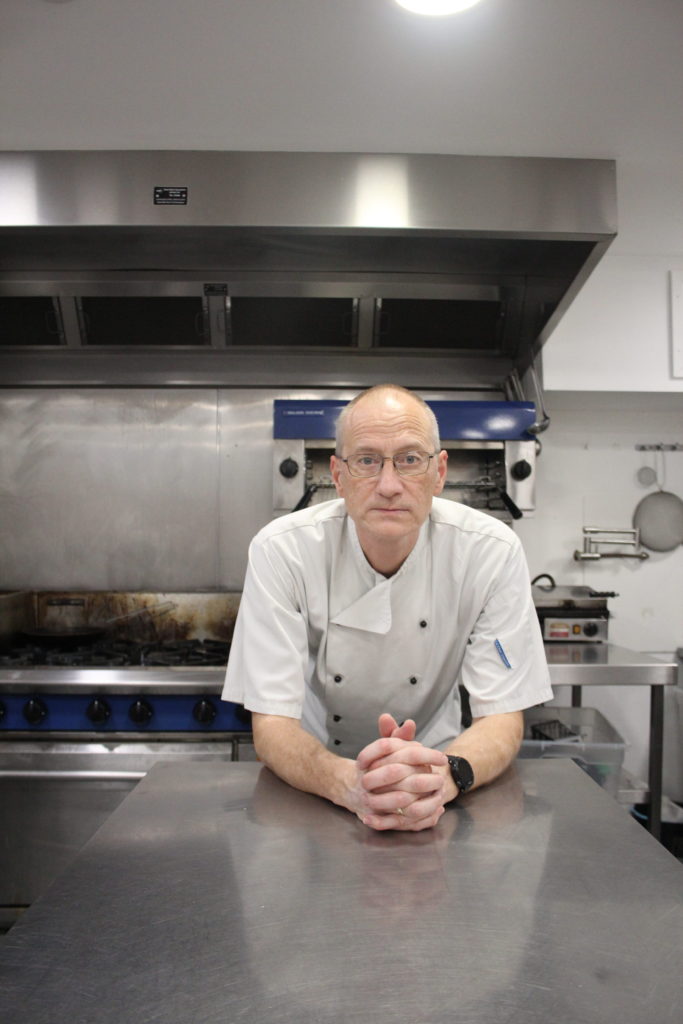PHOTOSHOOT PLAN:
INSPIRATION:
WHO
I will be taking photographs of my female friend at Hautlieu school.
WHAT
I will focus on the face of the model, specifically on facial features such as nose, eyes, mouth, and collectively together to form facial expressions. I may experiment with emotions, taking photos of the model, with a range of expressions; happy, sad, scared.
WHERE
I will have my photoshoot in the studio, where I can use the black and white curtains to create the backdrop. I will also be able to set up a 2 or 3 point lighting system to illuminate my model.
WHEN
I will take the photographs on Monday the 13th of January, through the entire day, depending on when the studio is free and when my models are free.
WHY
My idea is to edit the images in a similar style to Silvia Grav, to explore idea that ones identity can be aspects of their body (specifically face). It will bring the idea that someone can be identified through their facial features, and can be unidentifiable when facial features are blurred. The concept is to focus on the manipulation of facial features that identify someone, suggesting that faces can be one of the simplest forms of one’s identity.
Editing inspiration from one of Silvia Grav’s images:
HOW
I will set up the studio with the camera on a tripod to prevent camera shakes, so the images are in focus, as well as having a two point lighting system with a neutral coloured LED panel illuminating the subject. However, to create softer lighting and decrease shadows, I may use a three point lighting system instead. The camera should be around 200 so that the image isn’t grainy, and the shutter speed should be short to keep the image in focus as the model may move around( 1/250). The aperture should be an average f/4.

